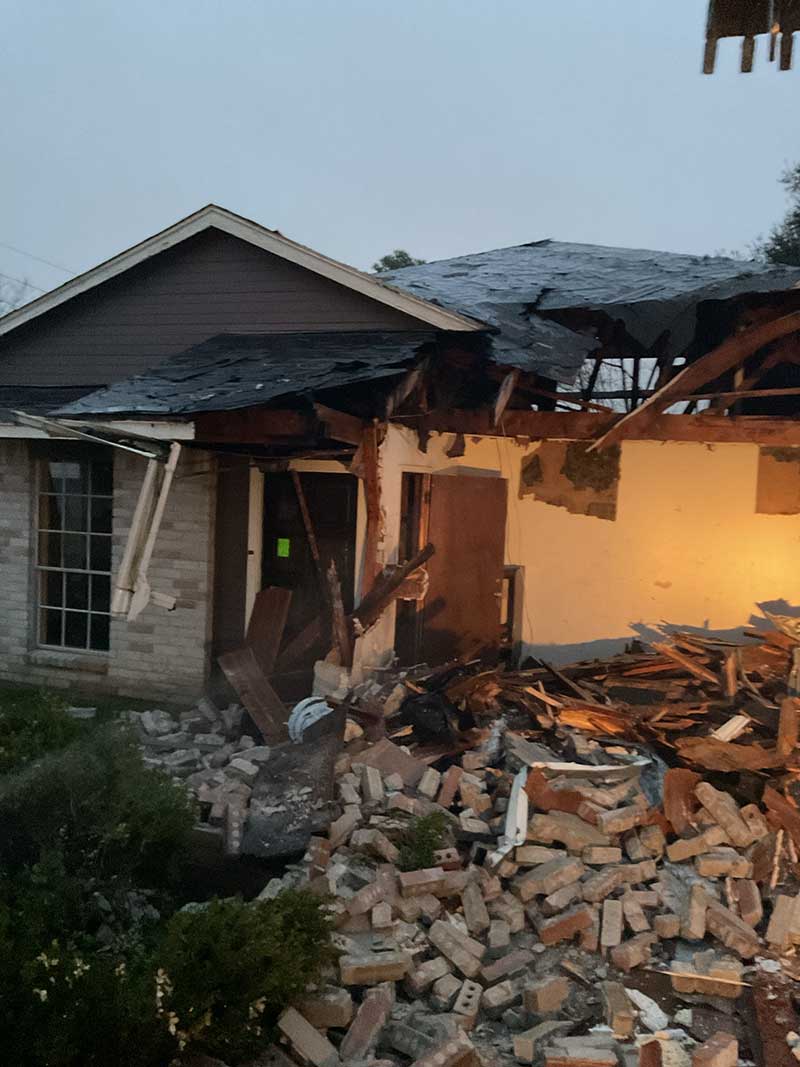Ensuring the longevity and stability of your wooden piling foundation is paramount. This guide provides practical tips and advice to help you maintain your foundation, ensuring it stands the test of time.
Step 1: Regular Inspections
- Conducting Visual Checks: Look for signs of wear, decay, or damage in your wooden pilings.
- Hiring Professionals: Consider annual inspections by a professional to assess the integrity of your foundation.
FAQs:
- Q: How often should I inspect my wooden piling foundation?
A: A visual check can be done seasonally, but a thorough inspection by a professional is recommended annually.
Step 2: Preventative Measures
- Implementing Proper Drainage: Ensure water is directed away from the foundation to prevent erosion and water damage.
- Checking for Pests: Regularly inspect for signs of termites or other pests that can damage wood.
FAQs:
- Q: What are the signs of termite damage?
A: Look for hollow-sounding wood, mud tubes on pilings, or frass (termite droppings).
Step 3: Addressing Issues Promptly
- Repairing Damage: If damage or decay is detected, address it immediately to prevent further issues.
- Consulting Experts: For significant repairs or replacements, consult a piling expert to ensure the job is done right.
FAQs:
- Q: When should I replace my wooden pilings?
A: If the damage is extensive or the structural integrity is compromised, replacement may be necessary. Consult a professional for an assessment.
Step 4: Protecting Your Investment
- Applying Protective Coatings: Utilize approved wood preservatives and protective coatings to shield your pilings from harsh environmental elements.
- Ensuring Proper Installation: Make certain that your pilings are installed correctly, with the appropriate depth and support, to prevent issues related to soil instability and movement.
FAQs:
- Q: How do protective coatings help?
A: They create a barrier, protecting the wood from moisture, pests, and other damaging elements. - Q: How does proper installation contribute to the longevity of wooden pilings?
A: Ensuring that pilings are driven to the correct depth and secured properly helps in distributing the load evenly and provides stability, reducing the risk of damage due to soil movement or instability.
Step 5: Educate Yourself
- Understanding Wood Types: Learn about the different types of wood used for pilings and their specific maintenance needs.
- Knowing Best Practices: Stay informed about best practices in wooden piling maintenance to prolong their life and ensure stability.
FAQs:
- Q: Are there specific wood types that require less maintenance?
A: Some types of wood are naturally more resistant to decay and pests, but all wooden pilings require regular maintenance.
Maintaining your wooden piling foundation is a crucial investment in the longevity and stability of your property. By conducting regular inspections, addressing issues promptly, and implementing preventative measures, you can ensure that your foundation remains strong and reliable for years to come.








